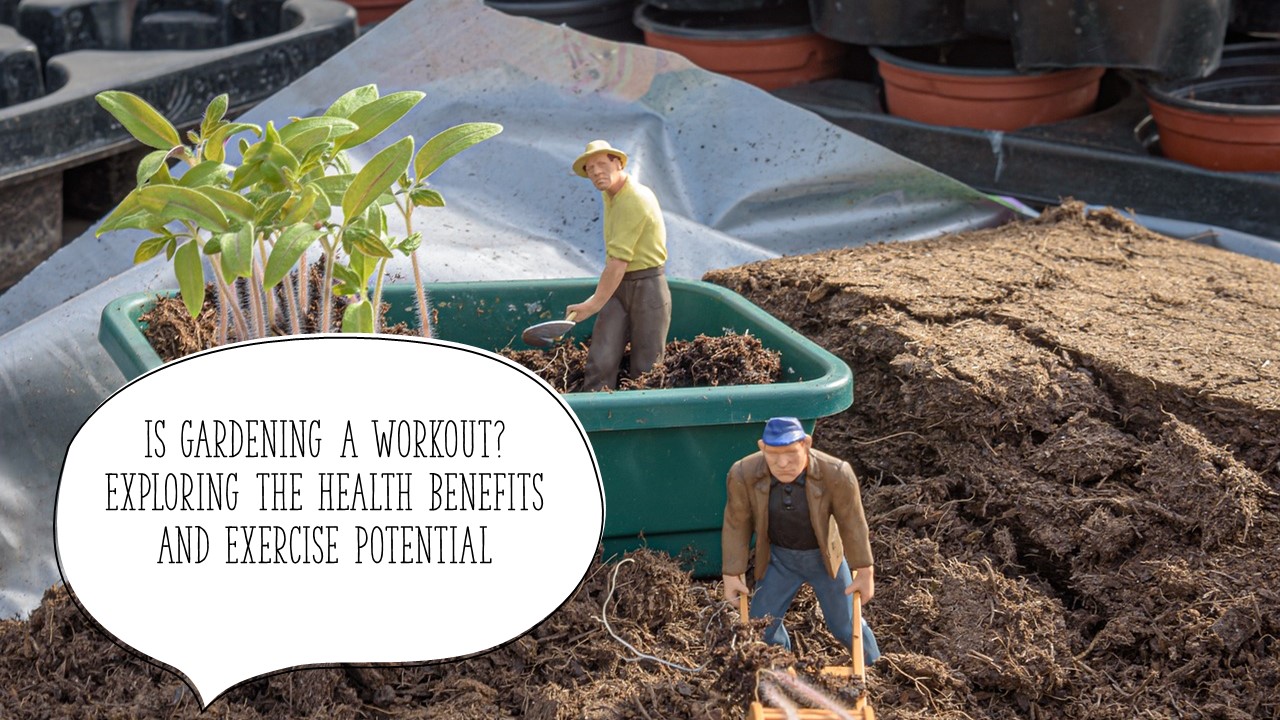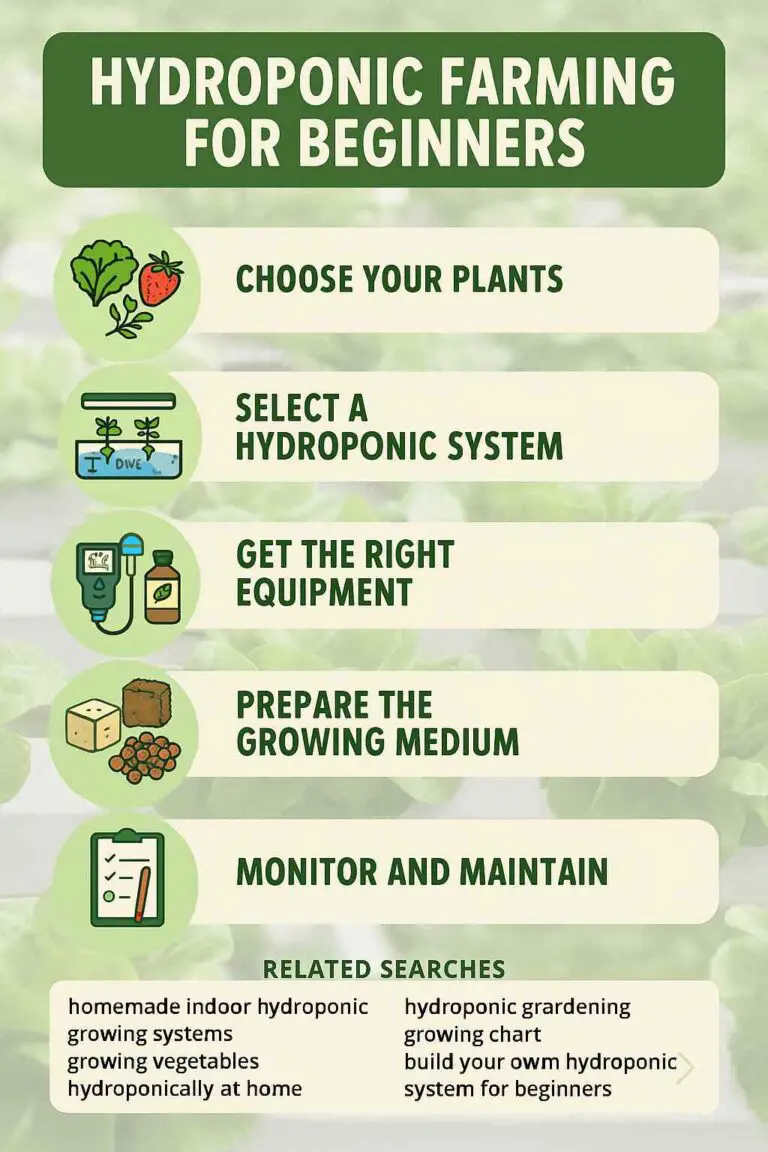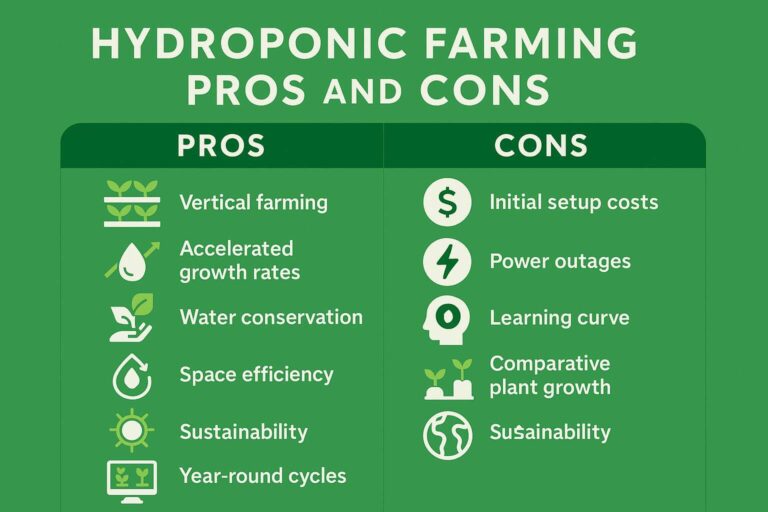If you’ve ever found yourself wondering whether all that digging, weeding, and planting counts as exercise, you’ve come to the right place. Welcome to this exciting exploration of whether gardening can be considered a workout.
Yes, gardening can be considered a workout. Engaging in gardening activities involves physical exertion and can provide various health benefits. Tasks such as digging, planting, weeding, and watering require strength, endurance, and flexibility. These activities engage multiple muscle groups, contribute to calorie burn, and elevate heart rate, making gardening a form of exercise.
In this article, I’ll delve into the topic of gardening as exercise and uncover its numerous health benefits in great detail.
Let’s get started!
Understanding Gardening as a Workout Exercise
Let’s dive deeper into understanding the connection between the two. In this section, I’ll define exercise and gardening, explore the physical demands of gardening, and uncover its aerobic potential.
Exercise and Gardening
Exercise: Exercise refers to any physical activity that gets your body moving and your heart rate up. It includes activities like jogging, swimming, weightlifting, and even dancing. The goal is to engage in movements that challenge your body and promote overall fitness.
Gardening: Gardening involves a wide range of tasks related to cultivating and caring for plants, flowers, and vegetables. It includes activities like digging, planting, weeding, pruning, and watering. Gardening allows us to connect with nature, beautify our surroundings, and nurture living things.
Physical Demands of Gardening
Gardening is far from a sedentary activity. It requires physical effort and engages various muscle groups. Let’s explore some of the physical demands involved:
- Digging: Digging helps prepare the soil for planting, but it also engages the muscles in your arms, shoulders, back, and core, providing a great workout for these areas.
- Raking: Raking leaves or debris requires repetitive movements that work your arm, shoulder, and core muscles, offering a low-impact form of exercise.
- Lifting and Carrying: Transporting pots, bags of soil, or gardening tools involves lifting and carrying weights, which can contribute to strengthening your upper body and improving overall strength and endurance.
- Bending and Squatting: Activities like planting or weeding require bending and squatting, which engage your leg muscles and promote flexibility and mobility.
- Pruning: Pruning shrubs and trees involves reaching, stretching, and using hand tools, which can enhance upper body strength, flexibility, and coordination.
Gardening’s Aerobic Potential:
Gardening isn’t just about building strength and flexibility; it can also be an aerobic activity that benefits your cardiovascular health. Here’s why:
- Increased Heart Rate: Activities like digging, mowing the lawn, or vigorously weeding can elevate your heart rate, providing a cardiovascular workout.
- Duration and Intensity: Engaging in gardening tasks for an extended period at a moderate intensity can help improve your aerobic fitness level over time.
- Outdoor Exercise: Gardening allows you to soak up vitamin D from the sun while enjoying fresh air, contributing to your overall well-being.
So, the next time you find yourself digging a hole or pulling weeds in your garden, remember that you’re not just tending to your plants, but also engaging in physical activity that can benefit your body in various ways.
Gardening can be a holistic exercise that combines strength, flexibility, and cardiovascular fitness. It’s time to embrace the potential of gardening as a workout and reap the rewards of a healthier and more active lifestyle.
Health Benefits of Gardening
In addition to the physical demands and aerobic potential I explored earlier, gardening offers a wide array of health benefits. It goes beyond just exercise and has a positive impact on both our bodies and minds. Let’s dive into the various health benefits gardening can provide:
Strength and Endurance
Gardening tasks involve repetitive movements and resistance, which can contribute to improving your overall strength and endurance. Here’s how gardening can benefit you in this regard:
- Muscle Development: Activities like digging, lifting, and carrying heavy objects work your muscles, promoting strength and tone in your arms, shoulders, back, and core.
- Resistance Training: Moving pots, pushing wheelbarrows, and using gardening tools provide a form of resistance training, helping build muscular strength and endurance.
Flexibility and Mobility:
Gardening requires a range of movements, including bending, reaching, and stretching. These actions promote flexibility and enhance joint mobility. Consider the following benefits:
- Increased Flexibility: Frequent bending and stretching while gardening can improve your flexibility over time, allowing you to move with greater ease.
- Joint Health: The varied movements involved in gardening help lubricate your joints, reducing stiffness and promoting better joint health.
Mental Well-being
Engaging with nature and spending time outdoors has been shown to have numerous positive effects on mental health. Gardening offers a unique opportunity to connect with nature and enjoy these benefits:
- Stress Reduction: Gardening helps lower stress levels by providing a peaceful and calming environment. The act of nurturing plants and witnessing their growth can have a soothing effect on the mind.
- Mood Enhancement: Being in a natural setting, surrounded by plants and fresh air, can boost your mood and promote a sense of well-being. Gardening can be a therapeutic activity that uplifts your spirits.
- Mindfulness and Mind-Body Connection: Gardening encourages mindfulness and being present in the moment. It allows you to connect with the earth, fostering a deeper connection between your mind and body.
Gardening is not only a physical activity but also a holistic experience that benefits your overall well-being.
In the next section, I’ll delve into a specific gardening task that often raises questions about its exercise potential: weeding. Join me as I explore whether pulling those pesky weeds can actually be a good workout.
Weeding and its Exercise Benefits
When it comes to gardening tasks, weeding often takes center stage. It’s a task that can be both satisfying and challenging. But have you ever wondered if pulling those pesky weeds can actually be considered a good workout? Let’s dig deeper into weeding and explore its exercise benefits:
Weeding as a Gardening Activity:
Weeding is an essential part of maintaining a healthy garden. By removing unwanted weeds, you provide space, nutrients, and sunlight for your desired plants to thrive. Here’s what you need to know about weeding as a gardening activity:
- Importance of Weeding: Weeds compete with your plants for resources and can hinder their growth. Regular weeding helps maintain the health and productivity of your garden.
- Techniques and Tools: Different weeding techniques, such as hand-pulling, using a weeding tool, or hoeing, can be employed based on the type of weeds and the gardening situation.
Caloric Burn and Muscle Engagement:
Weeding can be more than just a garden maintenance task; it can actually provide exercise benefits. Here’s how weeding can contribute to your physical fitness:
- Caloric Expenditure: Weeding involves a combination of bending, squatting, reaching, and pulling, which can contribute to burning calories. The exact amount burned depends on factors such as your body weight and the intensity of the weeding.
- Muscle Groups Engaged: Weeding engages various muscle groups, including your arms, shoulders, core, and legs. The act of pulling weeds requires both strength and control, providing a workout for these muscle groups.
- Intensity and Duration: The intensity of weeding can vary depending on factors such as the density of weeds, soil conditions, and your technique. Spending a significant amount of time actively weeding can increase the overall exercise benefit.
Comparing Weeding with Other Exercises:
While weeding may not provide the same level of intensity as some high-impact exercises, it still offers valuable physical benefits. Here’s a comparison to give you an idea of the exercise potential of weeding:
- Low-Impact Exercise: Weeding is generally a low-impact activity, which makes it suitable for individuals with joint issues or those looking for a gentler form of exercise.
- Full-Body Engagement: Weeding engages multiple muscle groups and promotes overall strength, endurance, and flexibility.
- Integration with Other Exercises: Weeding can be combined with other gardening tasks or exercises to create a more comprehensive workout routine. For example, you can intersperse weeding with stretching exercises or incorporate it into a circuit training session.
Embrace the exercise potential of weeding and enjoy the satisfaction of nurturing your garden while giving your body a workout.
Stick around to discover how you can make gardening an integral part of your healthy lifestyle.
Incorporating Gardening into a Fitness Routine
Now that you’ve uncovered the exercise potential and health benefits of gardening, let’s explore how you can incorporate gardening into your fitness routine and make the most out of this enjoyable activity. Here are some tips to help you integrate gardening as a regular exercise regimen:
Gardening as a Regular Exercise Regimen
- Set Goals: Determine what you want to achieve through gardening. Whether it’s improving strength, flexibility, or simply staying active, set specific goals that align with your fitness objectives.
- Plan Your Garden Tasks: Allocate dedicated time for gardening in your schedule. Treat it as a planned workout session to ensure regularity and consistency.
- Vary Gardening Activities: Engage in a variety of gardening tasks to work different muscle groups and avoid overusing specific areas. Mix activities like digging, planting, weeding, and pruning to achieve a well-rounded workout.
Track Your Progress
- Keep a Gardening Journal: Document your gardening activities, noting the duration, intensity, and tasks performed. This will help you track your progress over time and monitor improvements in your fitness levels.
- Measure Your Results: If your goals include specific outcomes, such as increased strength or endurance, periodically assess your progress. Take measurements, note changes in your physical abilities, or consult with a fitness professional to evaluate your achievements.
Safety Precautions
- Warm-up and Stretch: Before diving into gardening, perform a brief warm-up routine to prepare your muscles for the physical demands ahead. Follow it with gentle stretching exercises to increase flexibility and prevent injuries.
- Practice Proper Body Mechanics: Maintain good posture, use proper lifting techniques, and avoid overexertion. Be mindful of your body’s limits and take breaks when needed.
- Stay Hydrated: Gardening can be physically demanding, so remember to drink plenty of water to stay hydrated, especially on hot days.
- Protect Yourself: Wear appropriate clothing, including a hat, sunscreen, and comfortable shoes. Use gloves to protect your hands from thorns, sharp objects, or potential skin irritants.
Conclusion
In conclusion, yes, gardening can indeed be considered a workout. While it may not resemble the intensity of a gym session or a high-impact cardio workout, gardening offers its own unique set of physical challenges that engage various muscle groups and contribute to overall fitness. Activities like digging, lifting, planting, and pruning require strength, endurance, flexibility, and balance.
Gardening provides opportunities for aerobic exercise as well. Tasks like raking, shoveling, or brisk walking in the garden can elevate heart rate and improve cardiovascular health. Additionally, the repetitive nature of gardening movements can lead to improved muscle tone and endurance over time.
What sets gardening apart is its combination of physical activity, mental well-being, and connection to nature. It offers a therapeutic and calming effect, reducing stress levels and promoting relaxation. The act of nurturing plants and being outdoors can have a positive impact on mental health, providing a sense of accomplishment and fostering a deeper connection with the natural world.
While it may not replace traditional exercise routines entirely, gardening offers a holistic approach to fitness and well-being. So, the next time you find yourself tending to your garden, know that you’re not just cultivating beautiful plants, but also engaging in a fulfilling and beneficial workout for your body and mind.
Grab your gardening tools, cultivate your gardens, and let the joys of gardening become a vital part of our well-being.
Happy gardening, and may your green thumb flourish along with your fitness journey!
Related Article: Gardening As A Hobby: Unveiling The Benefits And Joys




